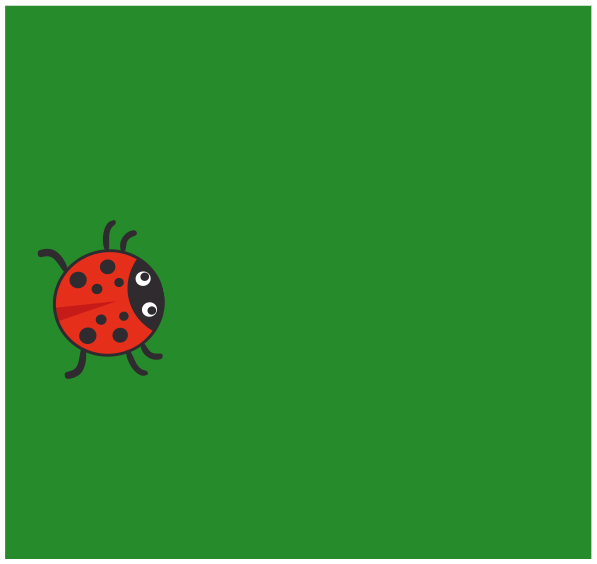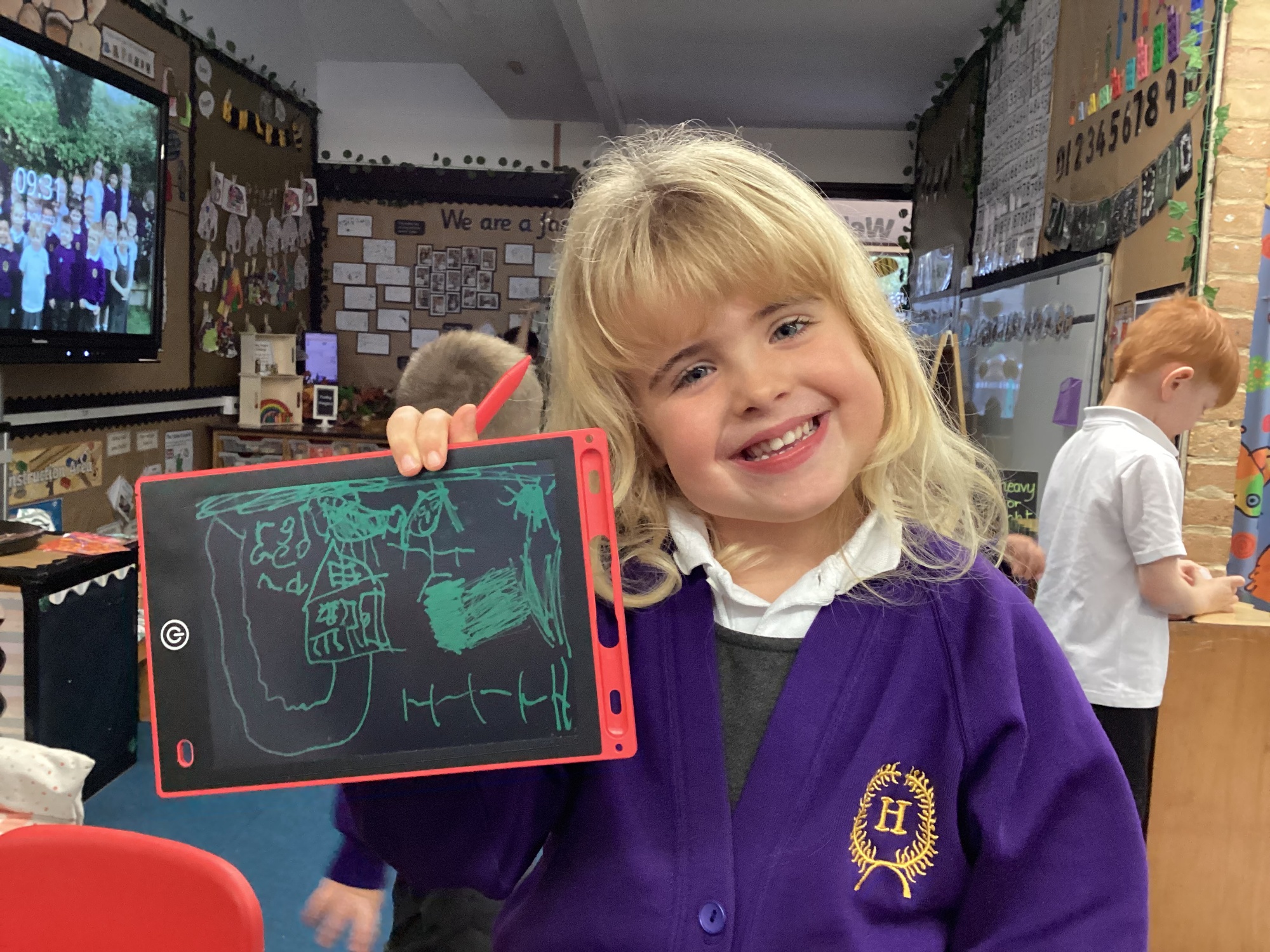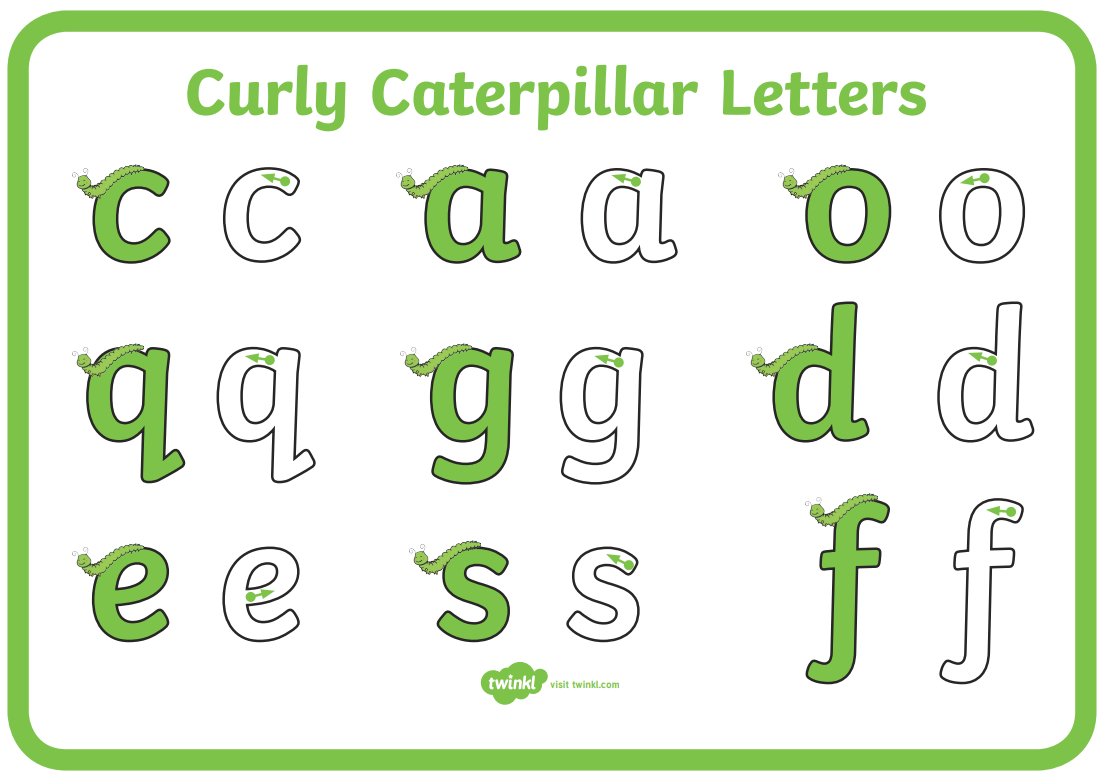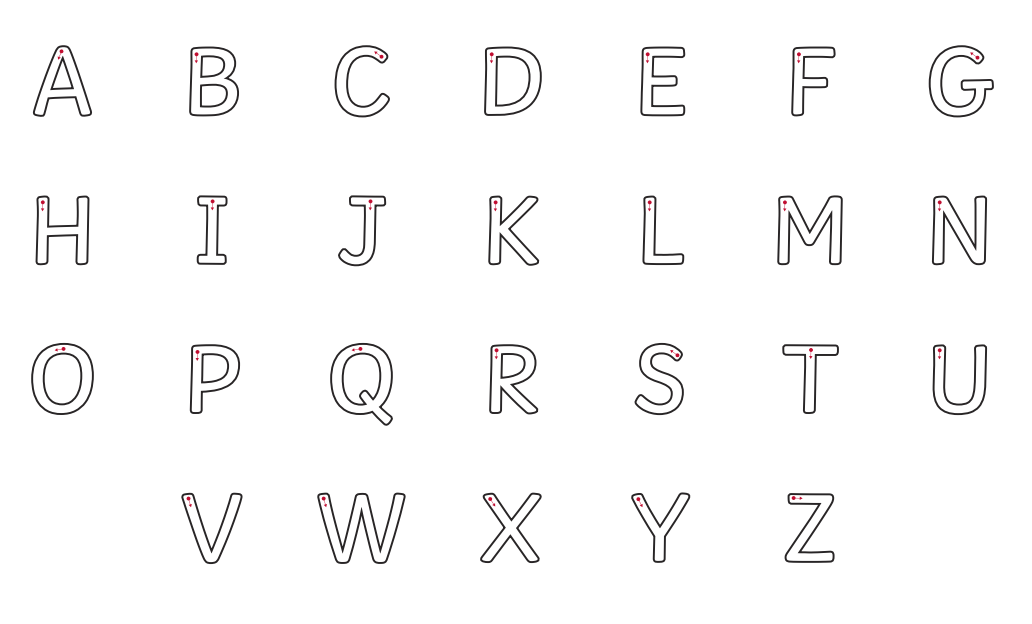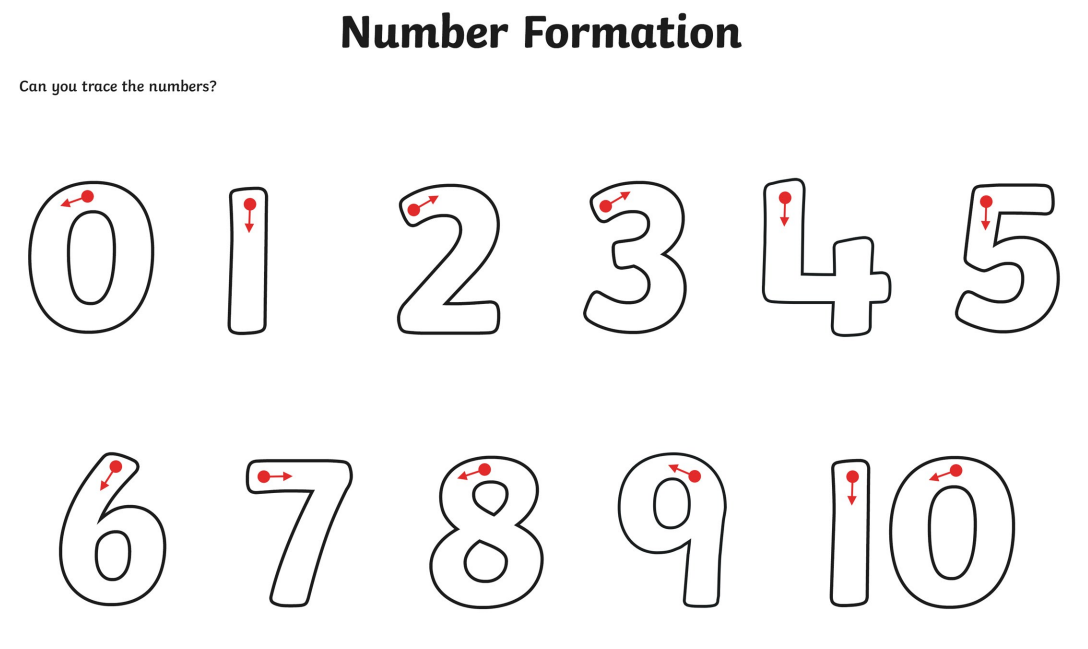Writing and spelling
At Heatherside Infant School we believe that writing should be taught both through explicit lessons and through other subjects in the curriculum. It is essential that we develop children's language and literacy skills through a comprehensive English curriculum that develops speaking, listening, reading and writing. Developing early writing skills requires the explicit teaching of several aspects, such as vocabulary, sentence structure, letter formation and the application of phonics to ensure that children are equipped with all the skills to be successful. We use various hooks and stimuli as a starting point for writing, including high quality children's books, drama and real life purposes. We encourage the children to write with creativity and imagination. Click the link below to find out more about how we teach writing.
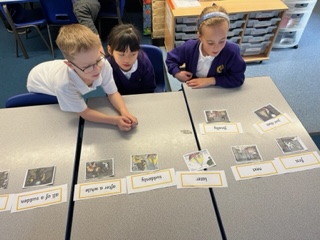
Phonics and Spelling
We teach phonics using the systematic synthetic programme Twinkl Phonics. For more information on the teaching of phonics click here. When writing we teach, model and support the children to apply their phonic knowledge to spell unknown words. There are some words that don't follow phonetic conventions within the taught programme, we call these 'tricky words' or common exception words. Children are taught these as part of their phonics and spelling sessions. Classrooms have resources to support children to use their phonic knowledge and to remember the tricky words, they can access these resources at any time. Please see the link at the bottom of the page to see which common exception words your child learns within each year group.
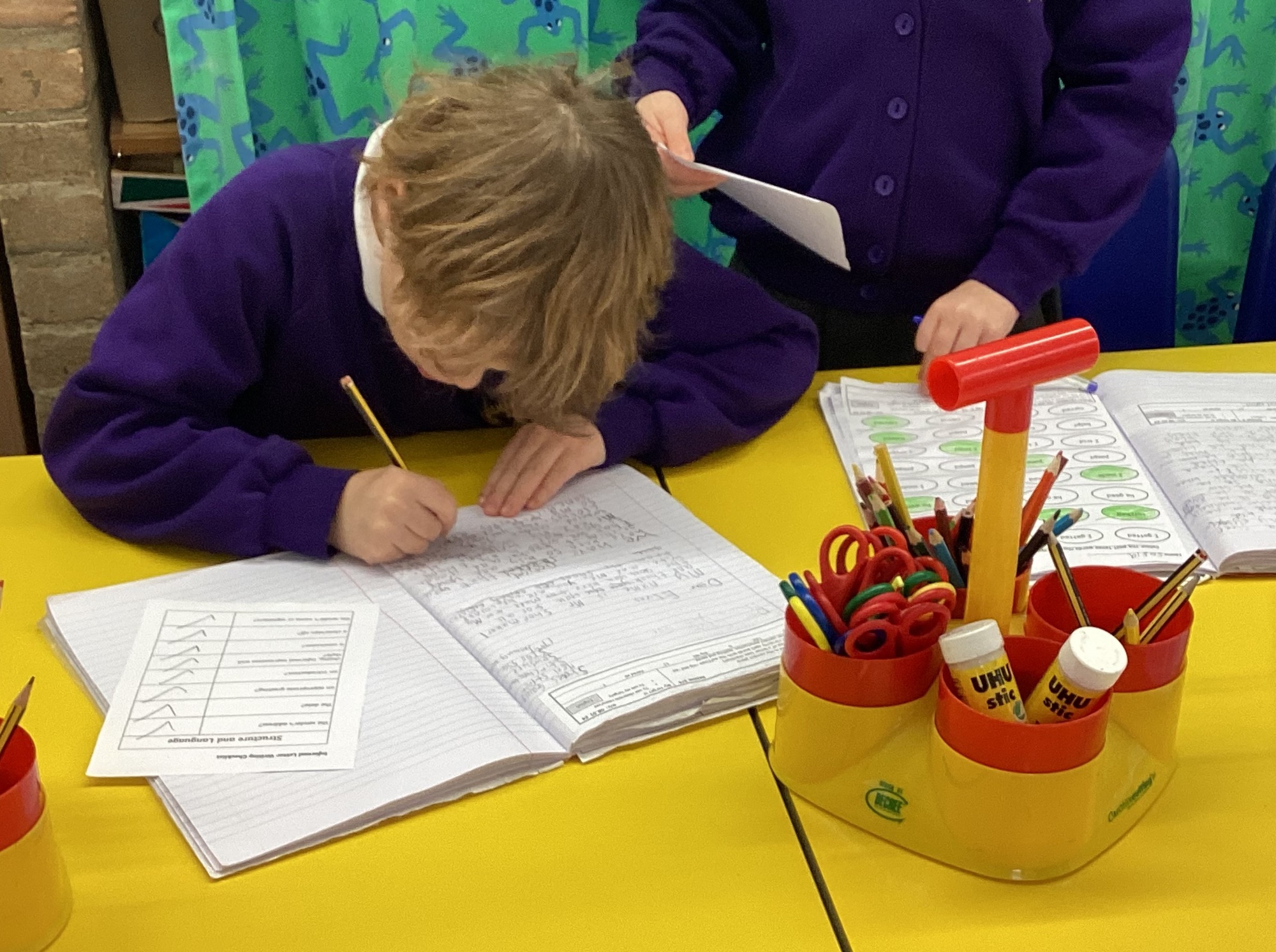
Handwriting
From before they start school, children are developing their core body control and their fine motor skills. We continue to develop these skills through the early years and beyond. Having a good level of body control is essential for children to be able to develop their pencil grip, letter formation and fluency when writing. Handwriting and letter formation are taught explicitly as part of the Twinkl Phonics sessions when children are introduced to a new sound. Once the children have been taught the letter formation they begin to learn about the different 'families' of letters, which is how we group together letters that are formed in a similar way. Children are also taught formation for capital letters and the digits 0-9. For examples of letter/digit formation please see below.
Quick Links:
National expectations by the end of Year 2
